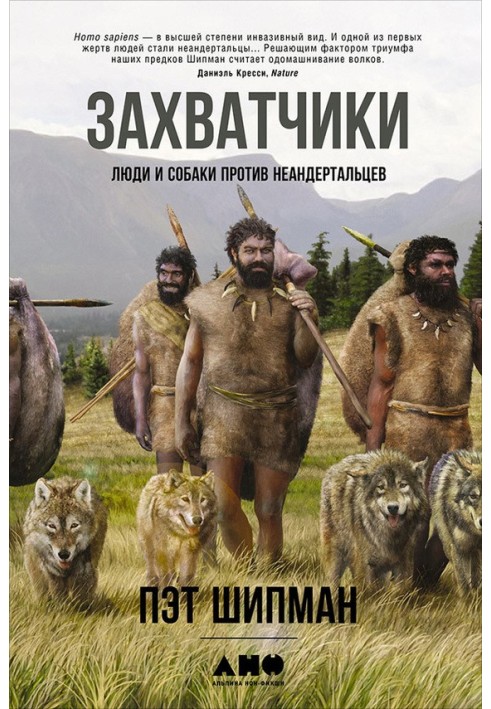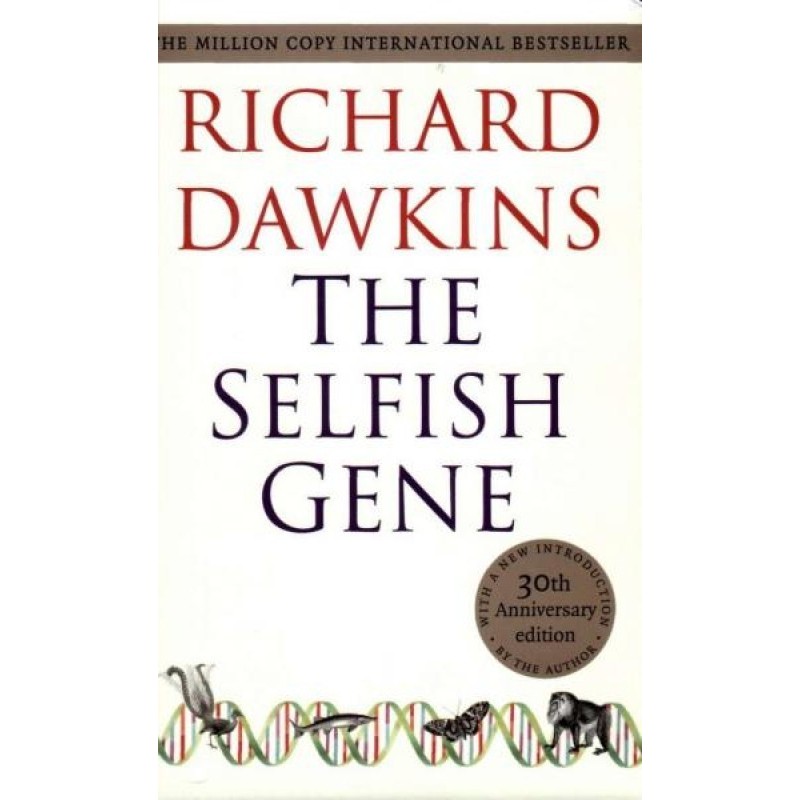Invaders. Humans and dogs versus Neanderthals
 Instant download
Instant download
after payment (24/7)
 Wide range of formats
Wide range of formats
(for all gadgets)
 Full book
Full book
(including for Apple and Android)
Neanderthals, who had a strong physique, a large brain, and used complex hunting tools, were the closest relatives of modern humans. About 200,000 years ago, when humans were just beginning to migrate from their evolutionary homeland in Africa, Neanderthals—descendants of a much older offshoot of the genus Homo—long ago settled in Europe. But when modern humans spread to Europe about 45,000 years ago, Neanderthals suddenly disappeared. Since the first Neanderthal bones were discovered in 1856, scientists have grappled with the question of why modern man survived while his evolutionary cousin did not. This book provides compelling evidence that a major factor in the demise of the Neanderthals was direct competition with what came to the fore. the same territory by modern man. Drawing on invasive biology, which tells us that the closer a species is to invasive predators, the more competition it will face, Pat Shipman traces the devastating effects of the growing modern human population: the contraction of Neanderthal range, the fragmentation of its population into small groups, and the loss of genetic diversity of this species. But not only modern humans competed with Neanderthals. Shipman recounts man's astonishing partnership with the first domesticated wolf-dogs, whose appearance coincided with the beginning of the extinction of Neanderthals. The author hypothesized that the union of two predators - humans and wolves - allowed them to successfully hunt large mammals during the Ice Age, which gave them a decisive advantage over Neanderthals when climate change greatly complicated the lives of both groups of the genus Homo.
Data sheet
- Name of the Author
- Пэт Шипман
- Language
- Ukrainian
- Release date
- 2016
- Translator
- Дмитрий Владимирович Лазарев
Reviews
Вражаюча подорож в історію людства та його еволюцію!
Книга "Загарбники. Люди та собаки проти неандертальців" - це захоплююче дослідження, яке відкриває нові горизонти в розумінні нашої еволюційної історії. Автор Пет Шипман майстерно поєднує наукові факти з цікавими гіпотезами, що стосуються зникнення неандертальців та ролі, яку відіграли сучасні люди і їхні перші чотириногі помічники - собаки. Читачі отримують можливість зануритися в атмосферу льодовикового періоду, де конкуренція між видами була жорстокою, а виживання вимагало неабиякої винахідливості. Книга не тільки інформативна, але й написана зрозумілою мовою, що робить її доступною для широкого кола читачів. Хоча в тексті можуть бути деякі недоліки перекладу, це не заважає загальному враженню від прочитаного. Рекомендую цю книгу всім, хто цікавиться історією, антропологією та еволюцією!













